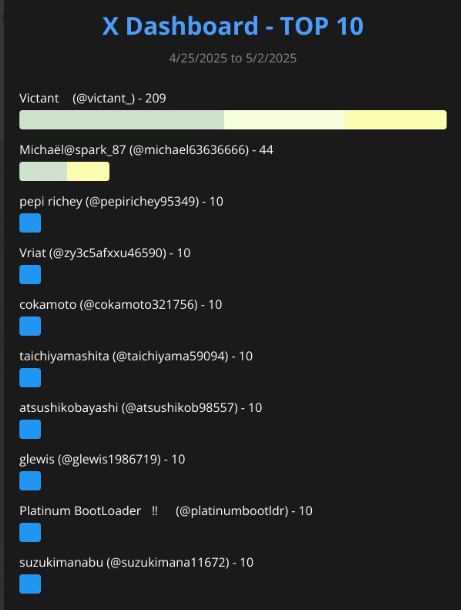The Emergence of NFTs
The digital landscape is constantly evolving, and one of the most intriguing developments in recent years has been the rise of Non-Fungible Tokens (NFTs). These unique digital assets have captured the imagination of artists, investors, and technologists alike, promising to revolutionize the way we think about ownership and value in the digital age. But what exactly are NFTs, and how are they being applied in the real world?
Understanding the Basics
What Are NFTs?
At their core, NFTs are digital certificates of authenticity and ownership, verified using blockchain technology. Unlike cryptocurrencies such as Bitcoin or Ethereum, which are fungible and can be exchanged on a one-to-one basis, NFTs are unique and cannot be replaced by identical items. This uniqueness is what makes NFTs so valuable, as they can represent ownership of virtually any digital or physical asset.
How Do NFTs Work?
NFTs operate on blockchain networks, most commonly Ethereum, but other blockchains like Binance Smart Chain and Flow are also gaining traction. When an NFT is created, or “minted,” it is assigned a unique identifier and metadata that distinguishes it from any other token. This data is stored on the blockchain, making it tamper-proof and transparent. Ownership of an NFT can be transferred from one wallet to another, with each transaction recorded on the blockchain, ensuring a clear and verifiable history of ownership.
The Market Landscape
The Explosive Growth of NFTs
The NFT market has seen a meteoric rise in recent years. According to a report by DappRadar, the total sales volume of NFTs reached a staggering $25 billion in 2021, up from just $94.9 million in 2020[1]. This exponential growth is driven by a combination of factors, including the increasing acceptance of digital ownership, the rise of decentralized finance (DeFi), and the growing interest in blockchain technology.
Key Players and Platforms
Several platforms have emerged as leaders in the NFT space, each offering unique features and catering to different segments of the market. OpenSea, for instance, is one of the largest NFT marketplaces, supporting a wide range of digital assets from art and collectibles to virtual real estate. Rarible is another popular platform, known for its user-friendly interface and community-driven approach. These platforms have played a crucial role in popularizing NFTs and making them accessible to a broader audience.
Real-World Applications
Digital Art and Collectibles
One of the most visible applications of NFTs is in the world of digital art and collectibles. Artists and creators can tokenize their work, allowing buyers to own a unique piece of digital art. This has opened up new avenues for artists to monetize their work and reach a global audience. For example, the digital artist Beeple sold an NFT for $69 million at Christie’s auction house, highlighting the potential value of digital art in the NFT era[2].
Gaming and Virtual Worlds
The gaming industry is another sector where NFTs are making a significant impact. In-game items, characters, and virtual real estate can be tokenized, allowing players to own and trade these assets. This concept is being explored in games like Decentraland and The Sandbox, where players can buy, sell, and develop virtual land using NFTs. This not only enhances the gaming experience but also creates new economic opportunities within these virtual worlds.
Real-World Assets
Beyond digital art and gaming, NFTs are being used to represent real-world assets. Real estate properties, luxury goods, and even intellectual property can be tokenized, allowing for fractional ownership. This makes it easier for investors to buy and sell shares in high-value assets. Companies like Propy and Ubitquity are at the forefront of this trend, using blockchain technology to streamline real estate transactions and property management.
Music and Entertainment
The music industry is also benefiting from the rise of NFTs. Musicians can tokenize their albums, concert tickets, and even royalties, giving fans a unique way to support their favorite artists. Platforms like Catalog and Royal are leading the way, allowing artists to monetize their work directly through NFTs. This not only provides a new revenue stream for artists but also strengthens the connection between artists and their fans.
The Future of NFTs
Technological Advancements
As NFT technology continues to evolve, we can expect to see even more innovative applications. Advances in blockchain scalability, interoperability, and security will make NFTs more accessible and versatile. For example, the development of Layer 2 solutions and cross-chain bridges will enable seamless transactions across different blockchain networks, expanding the reach of NFTs.
Regulatory and Legal Considerations
While the potential of NFTs is immense, there are also regulatory and legal challenges to consider. Governments and regulatory bodies are still grappling with how to classify and regulate NFTs. Issues such as intellectual property rights, taxation, and consumer protection need to be addressed to ensure the sustainable growth of the NFT market. For instance, the U.S. Securities and Exchange Commission (SEC) has been closely monitoring the NFT space, issuing guidelines and warnings to protect investors[3].
Environmental Impact
The environmental impact of NFTs, particularly those minted on energy-intensive blockchains like Ethereum, has been a topic of debate. However, the shift towards more eco-friendly blockchains and the adoption of proof-of-stake (PoS) consensus mechanisms are mitigating these concerns. Initiatives like the Ethereum 2.0 upgrade and the development of green NFT platforms are paving the way for a more sustainable future for NFTs.
Conclusion
Embracing the NFT Revolution
NFTs represent a transformative technology with the potential to reshape various industries. From digital art and gaming to real-world assets and entertainment, the applications of NFTs are vast and varied. As the technology continues to evolve, it is crucial for stakeholders to address regulatory, legal, and environmental challenges to ensure the sustainable growth of the NFT market. The future of NFTs is bright, and their impact on the digital and real worlds will be profound. Embracing this technology and exploring its full potential will pave the way for a more innovative and interconnected future.
—
[1] DappRadar. (2021). NFT Market Report 2021. Retrieved from DappRadar
[2] Christie’s. (2021). Beeple’s Everydays: The First 5000 Days. Retrieved from Christie’s
[3] U.S. Securities and Exchange Commission. (2021). SEC Issues Investor Alert on Non-Fungible Tokens (NFTs). Retrieved from SEC

